| Size | |
|---|---|
| Common Name | |
| Type | |
| Family | |
| Native? | |
| Zone | 4, 5, 6, 7, 8 |
| Height Range (ft.) | 2.00 to 4.00 |
| Spread (ft.) | 1.50 to 3.00 |
| Bloom Time | |
| Bloom Description | Lavender to Purple |
| Sun | |
| Water | |
| Maintenance | |
| Suggested Use | |
| Tolerate | |
| Leaf | Fragrant |
| Attracts | |
| Growth Rate |
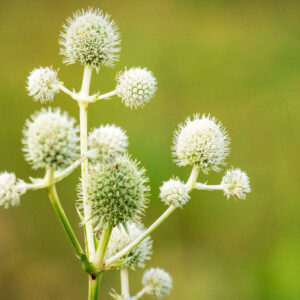
Agastache foeniculum – Anise Hyssop is a fragrant native perennial with tall lavender flower spikes and aromatic leaves. Thriving in sunny, well-drained soils, it attracts pollinators, tolerates drought, and adds vibrant color and sensory appeal to any garden.
$12.99 – $129.99
Please note: Sizes 1.5 Gallon and up can’t be shipped outside the counties of Nassau, Suffolk, Brooklyn, and Queens.
Learn more about how the process works and how our plants are delivered.
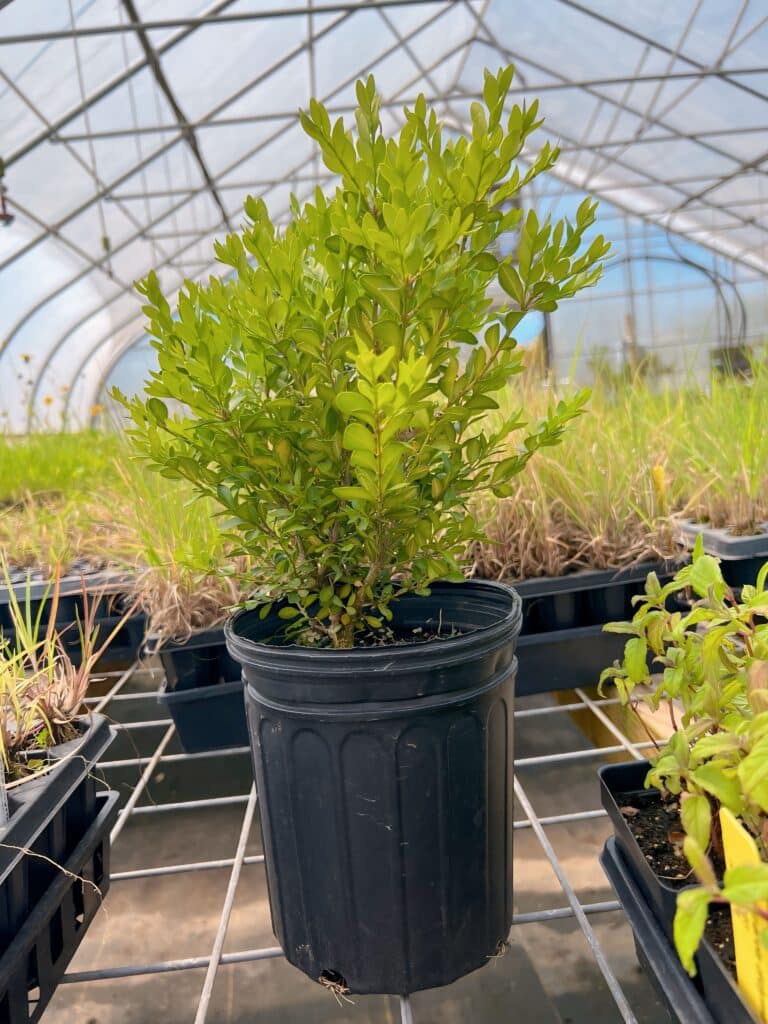
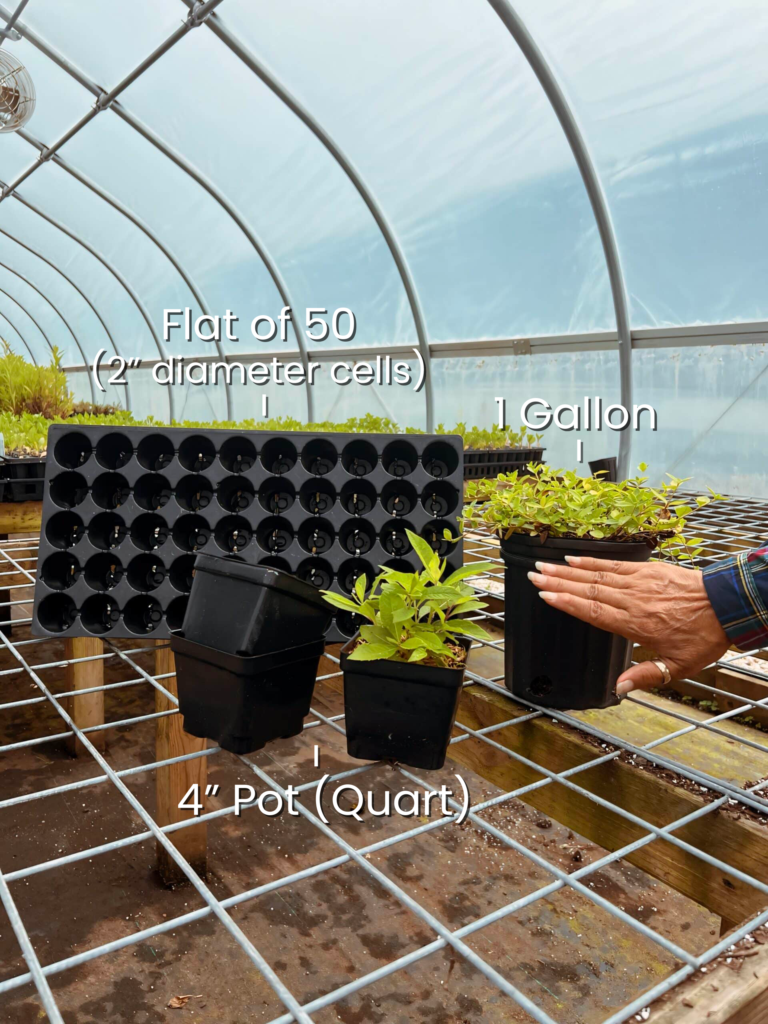
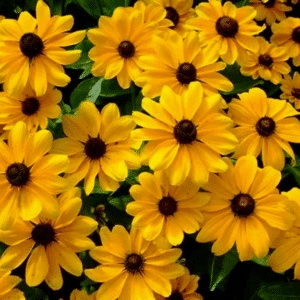
| Size | |
|---|---|
| Common Name | |
| Type | |
| Family | |
| Native? | |
| Zone | 4, 5, 6, 7, 8 |
| Height Range (ft.) | 2.00 to 4.00 |
| Spread (ft.) | 1.50 to 3.00 |
| Bloom Time | |
| Bloom Description | Lavender to Purple |
| Sun | |
| Water | |
| Maintenance | |
| Suggested Use | |
| Tolerate | |
| Leaf | Fragrant |
| Attracts | |
| Growth Rate |
Add color, fragrance, and pollinator activity to your garden with Agastache foeniculum, commonly known as Anise Hyssop. This beautiful native perennial features tall spikes of lavender-purple flowers that bloom from midsummer to early fall, filling your garden with vibrant color and a delightful licorice-like fragrance. Its aromatic, anise-scented leaves add to its sensory appeal and can even be used in teas and culinary recipes. Thriving in sunny, well-drained locations, Anise Hyssop is a magnet for bees, butterflies, and hummingbirds, making it a must-have for pollinator-friendly and low-maintenance gardens.
Anise Hyssop is perfect for adding vertical interest, fragrance, and pollinator appeal to sunny borders, herb gardens, or wildflower meadows. Pair it with other sun-loving perennials like Coneflowers, Black-eyed Susans, or Blanket Flowers for a vibrant, colorful display. Its tall flower spikes also make it an excellent backdrop in mixed perennial plantings or a focal point in cottage-style gardens. The flowers can even be cut and dried for fragrant arrangements or potpourri.
Agastache foeniculum is a pollinator powerhouse, providing nectar for bees, butterflies, and hummingbirds throughout its long blooming season. Its drought tolerance and ability to thrive in poor soils make it an eco-friendly choice for sustainable gardens, while its fragrant leaves and blooms add multi-sensory appeal.
Transform your garden with the fragrance, beauty, and ecological value of Agastache foeniculum – Anise Hyssop. This versatile native perennial is a true standout for pollinator-friendly and low-maintenance landscapes.
/5
Total reviews
|
|
Persons recommended this product
Anonymous
Shopper
check_circle Verified
Shop owner replied
Was this helpful
Anonymous
Shopper
check_circle Verified
Shop owner replied
Was this helpful
Your feedback helps us improve our service.
There are no reviews yet.
Be the first to review “ ”
Please log in to submit a review.
Only logged in customers who have purchased this product may leave a review
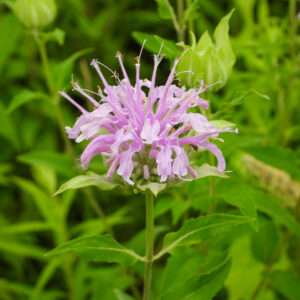
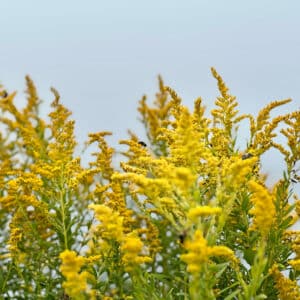
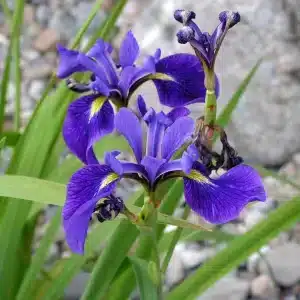
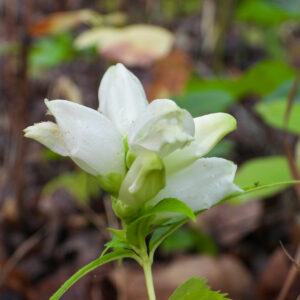
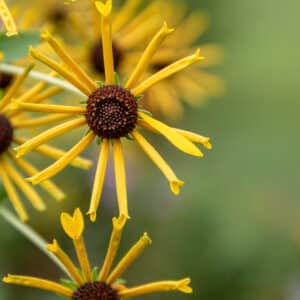

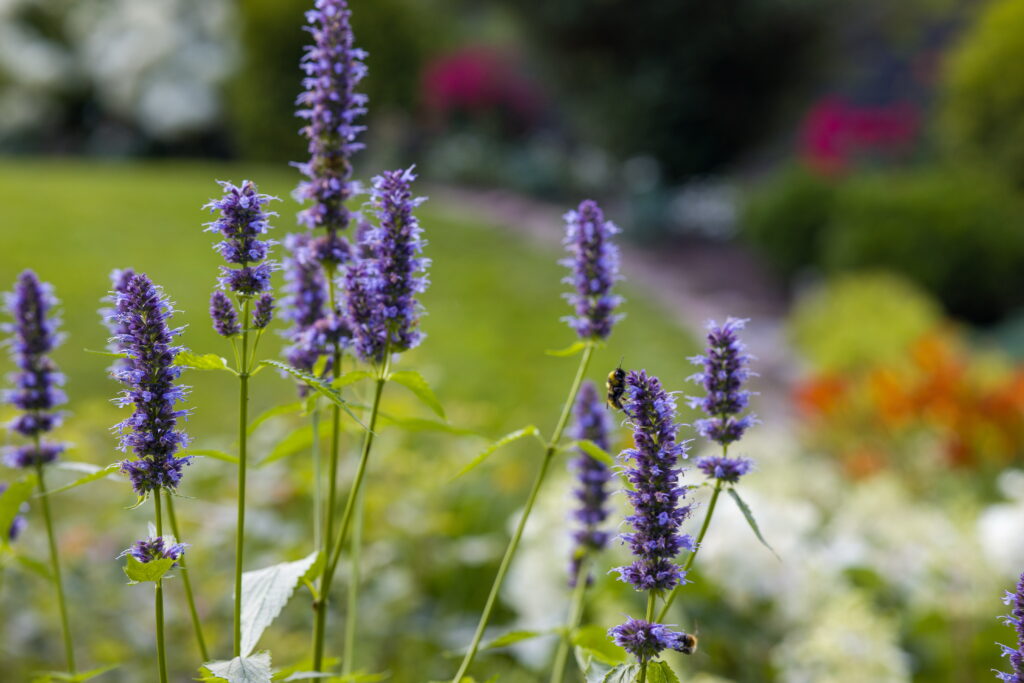
Yes. Agastache foeniculum is native to the north-central United States, especially the upper Midwest and Great Plains. It is a highly valuable native perennial for pollinator gardens, meadows, herb gardens, and native plant landscapes.
Anise Hyssop is known for its upright spikes of lavender-purple flowers that bloom from midsummer to fall, and its aromatic foliage, which smells like anise or licorice. It typically grows 2 to 4 feet tall and 1 to 2 feet wide, and adds a vertical accent and fragrance to both formal and naturalistic gardens.
Anise Hyssop thrives in full sun and prefers well-drained soil, though it is adaptable to average, dry, or sandy soils. It is hardy in USDA zones 4 through 8 and is very drought-tolerant once established. It’s ideal for low-maintenance gardens, prairie plantings, and pollinator borders.
Absolutely. The flowers are highly attractive to bees, butterflies, hummingbirds, and other pollinators. It is one of the best nectar plants for midsummer through fall. Its seeds may also be eaten by birds, and the plant plays a role in supporting insect biodiversity in native landscapes.
Yes. Anise Hyssop is deer- and rabbit-resistant due to its strong scent and essential oils. It is also very low-maintenance, needing only occasional thinning or cutting back in early spring. Deadheading can extend blooming, but is not required.
Our gift cards make it easy to share the beauty of plants, flowers, and all things green. Whether for a special occasion or just because, give the gift of choice and let them select their favorites to create a garden they’ll cherish.
BUYING HIGH QUALITY PLANTS HAS NEVER BEEN EASIER
Our plants are easy to order, plant, and enjoy! Bringing pollinators to your property improves vegetable yields – Feed the bees!
Sign up for our email list!
Copyright © 2025 Bumbee’s | Web design and SEO by Searles Graphics